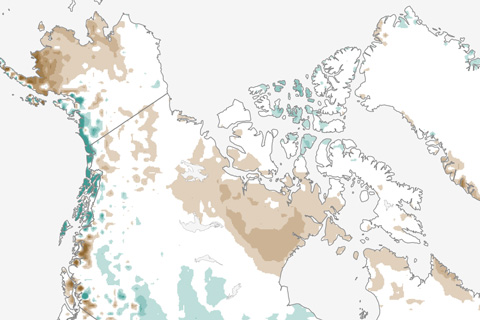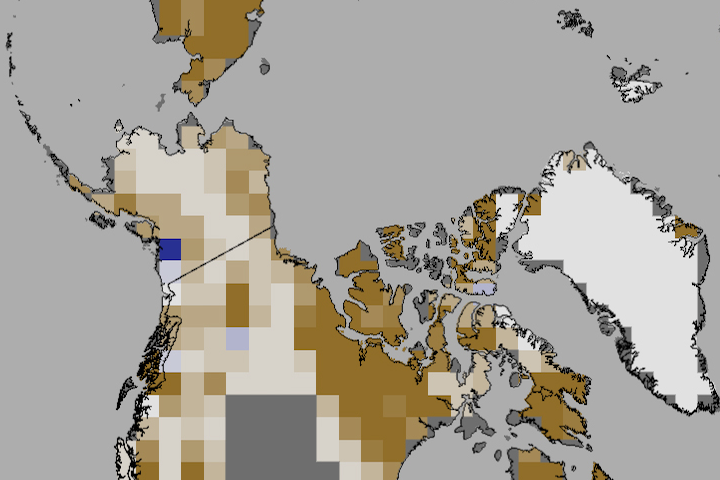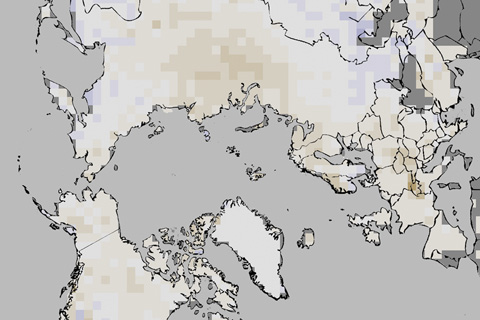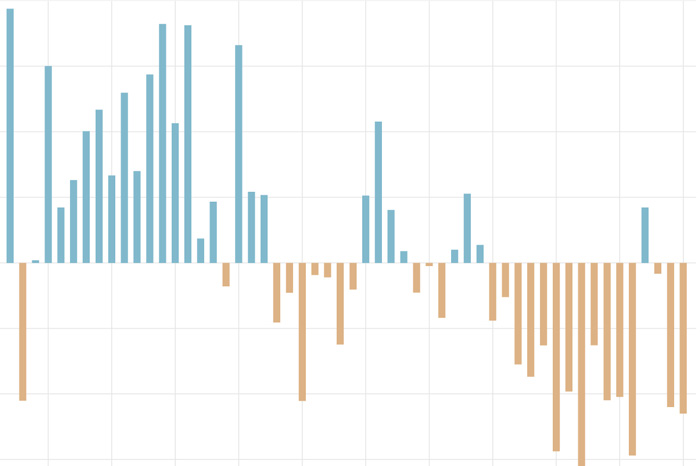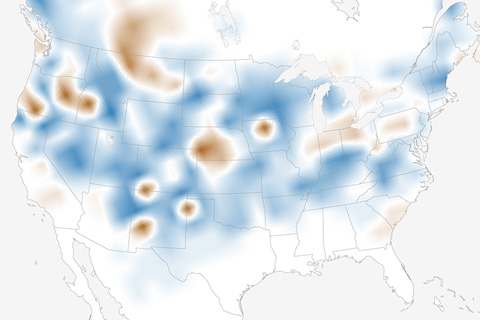
Just for fun, we asked the experts at the Rutgers Snow Lab to show us what their data (based on NOAA satellite images) had to say about whether the number of snow-covered days during the week of Christmas has changed at all across the U.S. in the past 50 years.
